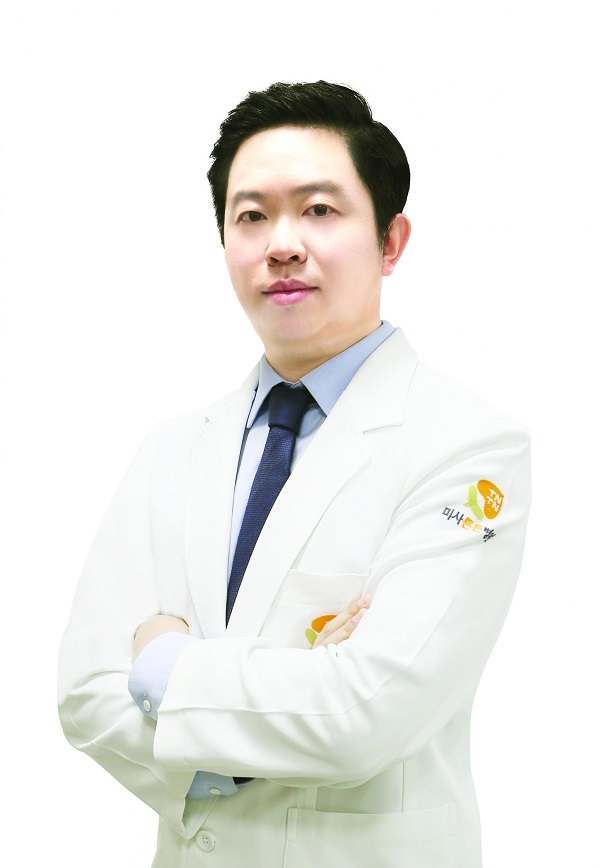
The famous shoulder disease of the middle-aged,’fifty shoulder’, got its name because it suffered from around 50s. Some patients say that when a frozen shoulder is caught, movement is limited, such as difficulty lifting the arm upward or turning it outward, and the pain is severe, causing pain from the shoulder to the hand.
In particular, middle-aged people who can’t sleep properly at night because of frozen shoulders are often worried about sleep problems. “The exact cause of the frozen shoulder has not been identified,” said Joo Hyun-seok, director of the joint surgery department of Massa Tonton Hospital, saying, “It can be seen that the joint membrane and muscle area surrounding the shoulder joint is inflamed and causes pain.” When it does not, the shoulder joint is hardened, and even passive movements reach a stage where they cannot be properly performed due to pain.”
On the other hand, rotator cuff rupture occurs mainly in young people. The rotator cuff is made up of four muscles that surround the shoulder and is responsible for the mobility of the shoulder. During intense exercise, strong stimulation and shock are generated in this area, causing a rupture. In addition, in older people, degenerative changes in the rotator cuff may occur, and rupture may occur without special trauma.
The main difference between a rotator cuff tear and a frozen shoulder appears in passive arm lifting, and a rotator cuff tear is possible in the case of passive movement.
The two diseases differ in treatment methods. In the case of frozen shoulders, inflammation has occurred, and if the degree of inflammation is weak when detected early and no functional problems have occurred, it can be sufficiently improved by non-surgical methods. However, if the rotator cuff tear is a complete tear, surgery through arthroscopy may be considered.
In other words, even with the same shoulder pain, there is a more accurate method for you depending on which disease you are suffering from, so it is desirable to receive a precise diagnosis from a specialist when shoulder pain occurs.
Director Joo Hyun-seok of the Joint Surgery Dept. of Misa Tonton Hospital advised, “For diagnosis, you must examine the trigger area through imaging devices such as X-rays or ultrasound, observe the range of motion of the joint, diagnose the disease, and then make a personalized plan.” .
Copyrightⓒ Korea Economic Daily TV. All Rights Reserved. Unauthorized reproduction and redistribution prohibited
